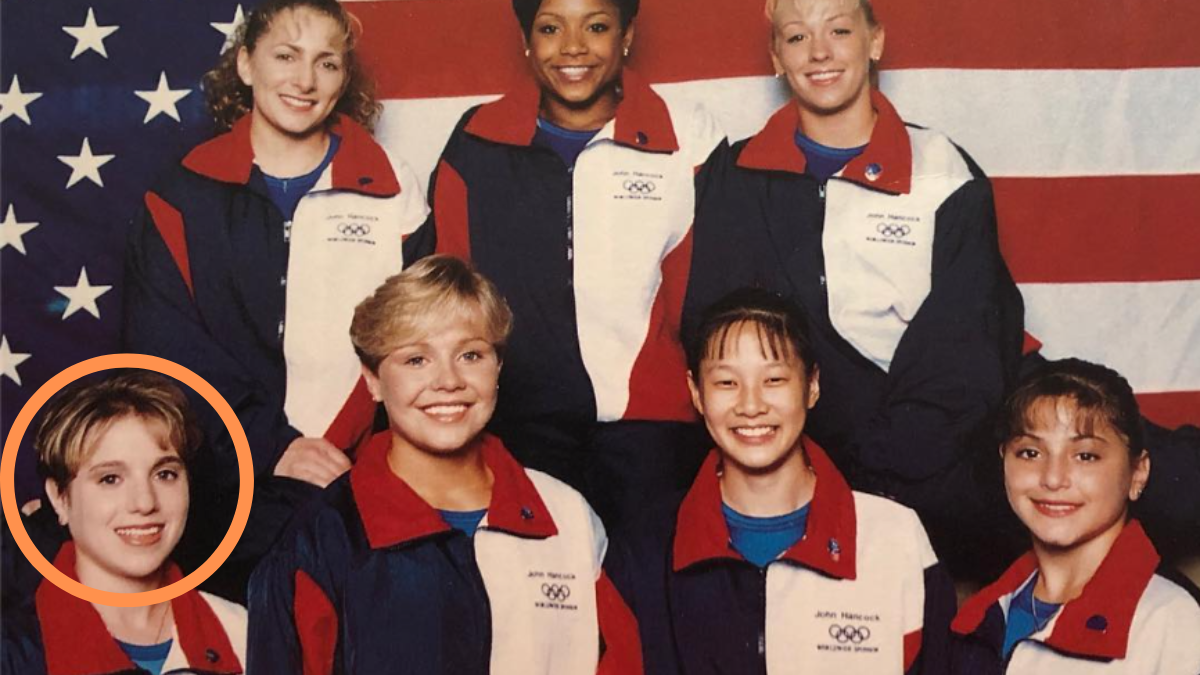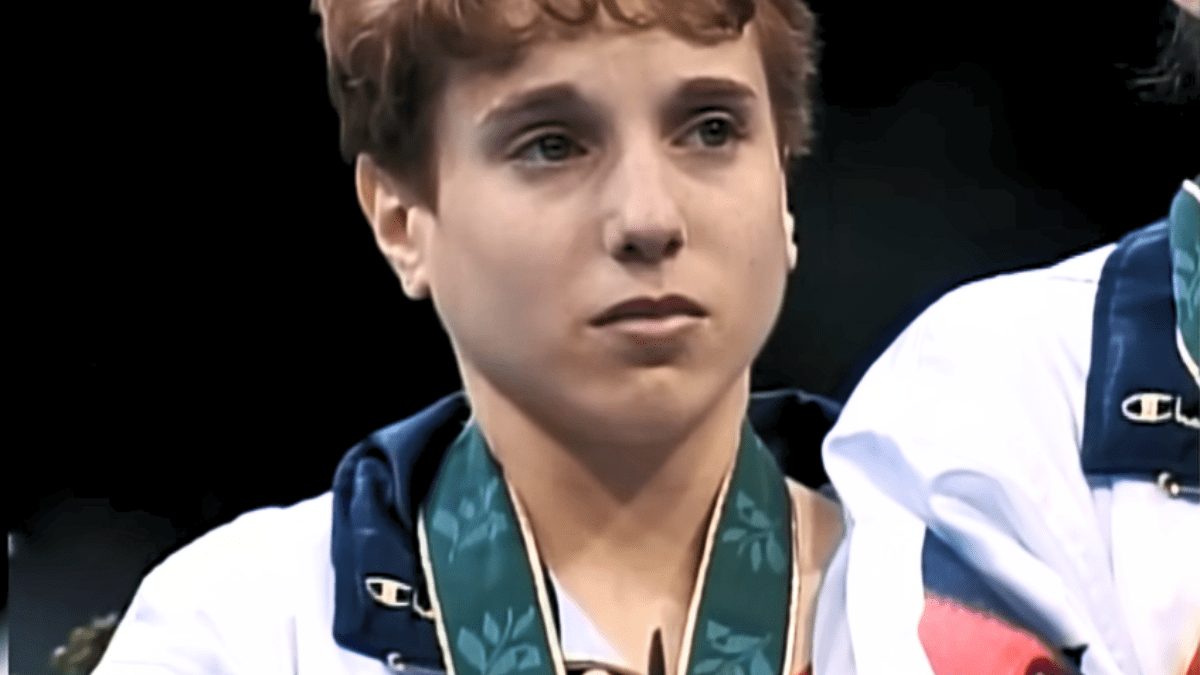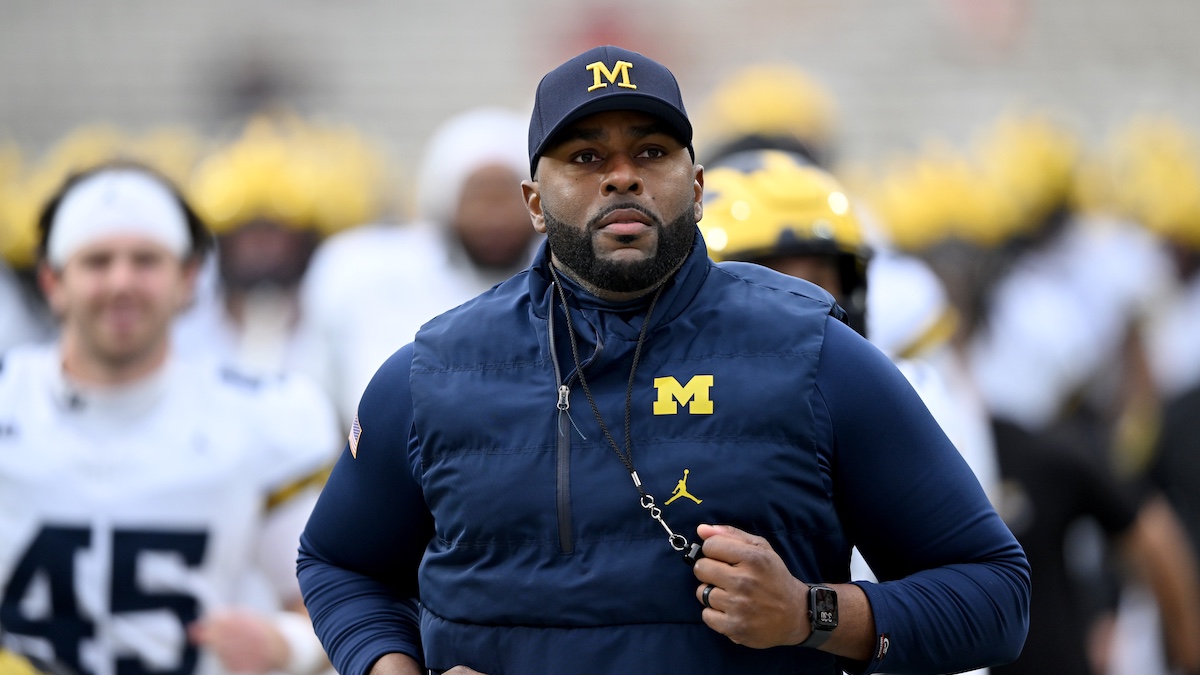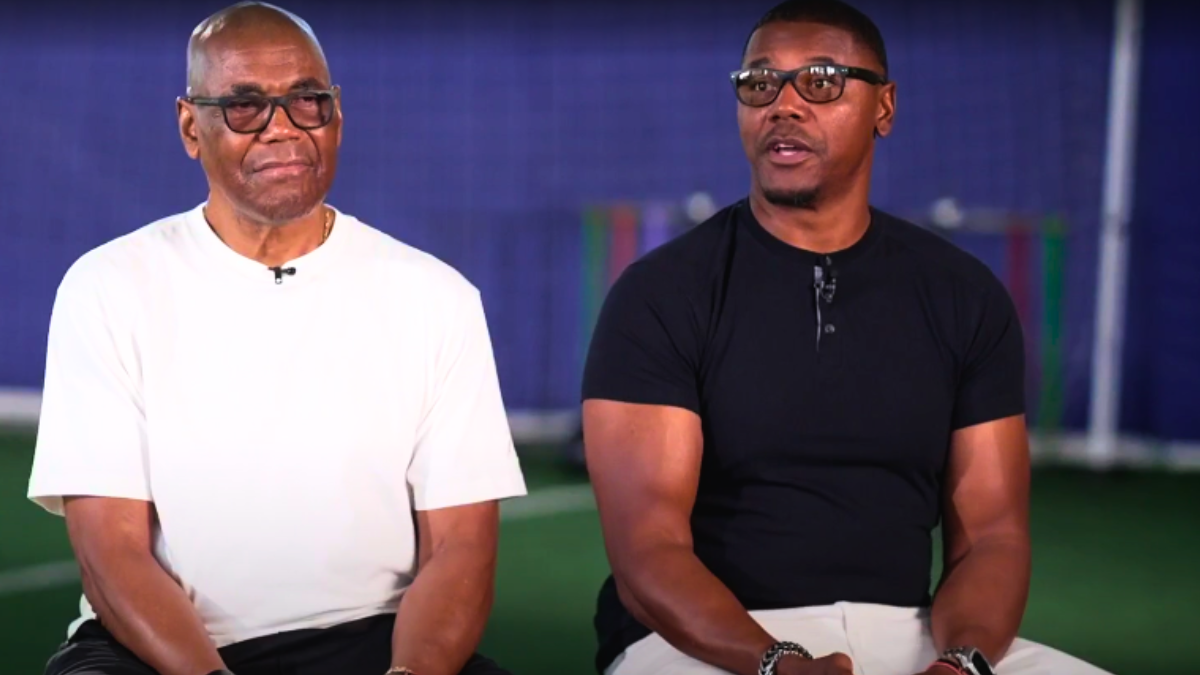Kerri Strug‘s name became synonymous with grit and determination after she stuck a crucial landing on an injured ankle, clinching the first-ever team gold for USA Gymnastics in 1996. At the Atlanta Olympics, The USA women’s gymnastics team – the “Magnificent Seven” – was on the brink of making history. With a narrow lead over Russia, everything hinged on the final rotation: the vault. After teammate Dominique Moceanu stumbled on her attempts, the pressure fell squarely on 18-year-old Strug’s shoulders.
On her very first vault, Strug landed awkwardly after her dismount, tearing two ligaments in her ankle. The pain was excruciating, but the gold medal hung in the balance. In a moment that would define her career, Strug turned to her coach, Bela Karolyi, and asked, “Do we need this?”
Karolyi’s response was firm. “Kerri, we need you to go one more time. We need one more time for gold. You can do it! You better do it.”
Bela Karolyi
Karolyi’s push for Strug’s second vault wasn’t born solely from the moment’s pressure.—it was about years of American gymnastics falling short. The 1992 Barcelona Olympics saw the USA women settle for bronze, with the former Soviet and Romanian teams maintaining their grip on gold. Strug, part of that 1992 team at just 14, felt the weight of those expectations. “There were more expectations because we didn’t win the first time around,” she later told NBC.
This history of near-misses fueled Karolyi’s determination in Atlanta. With gold finally in reach, he wasn’t about to let it slip away, even at the cost of pushing an injured athlete. With the world watching and her coach’s words echoing in the back of her mind, Strug limped to the runway, powered through the pain, and launched herself into the air one more time. And against all odds, she stuck the landing, held her pose for a split second, then crumpled to the mat. Her score of 9.712 secured the gold for Team USA. The young gymnast vaulted her way into Olympic history. Years later, Strug reflected on that pivotal moment.
“If I hadn’t gone for that last vault, it always would have haunted me. It’s fortunate I came through at that moment. I’m very proud that I was able to accomplish such a big thing at such a young age.”
Kerri Strug
The image of Karolyi carrying Strug to the podium, surrounded by her cheering teammates, became an enduring symbol of the Olympic spirit. But what happened after the spotlight faded?
Where is Kerri Strug now?

Post-Olympics, Strug hung up her leotard and headed to college. She started at UCLA as a team manager before transferring to Stanford University, where she earned a master’s degree in sociology. Her academic pursuits were just the beginning of a diverse career path.
Strug’s journey took her from the gym to the government. She worked in various roles, including a stint as a spokesperson for the Special Olympics. During the 2004 Olympics, she put her insider knowledge to use as a correspondent for Yahoo. Her most recent professional chapter found her working for the Department of Justice in Washington, D.C. It’s a far cry from chalk-dusted hands and balance beams, but Strug has embraced the transition from athlete to civil servant.
On the personal front, Strug has built a life away from the limelight. She’s married to Robert Fischer, and together they’re raising a son and daughter in the nation’s capital. While she may not be flipping across our TV screens anymore, Strug’s legacy in gymnastics remains strong.

Her vault in Atlanta wasn’t just a personal triumph; it marked a turning point for USA Gymnastics. Before 1996, the Americans had never won team gold, with the competition dominated by Soviet and Romanian powerhouses. Strug’s performance helped usher in a new era of American gymnastics dominance that continues to this day.
Now 46, Strug’s incredible Olympic moment remains a throwback reel staple and Halloween costume inspiration. But more than that, it’s a testament to the power of perseverance. As she told Dayton Daily in 2023, “It’s one of the highlights of my life.”











Published: Jul 15, 2024 03:20 am